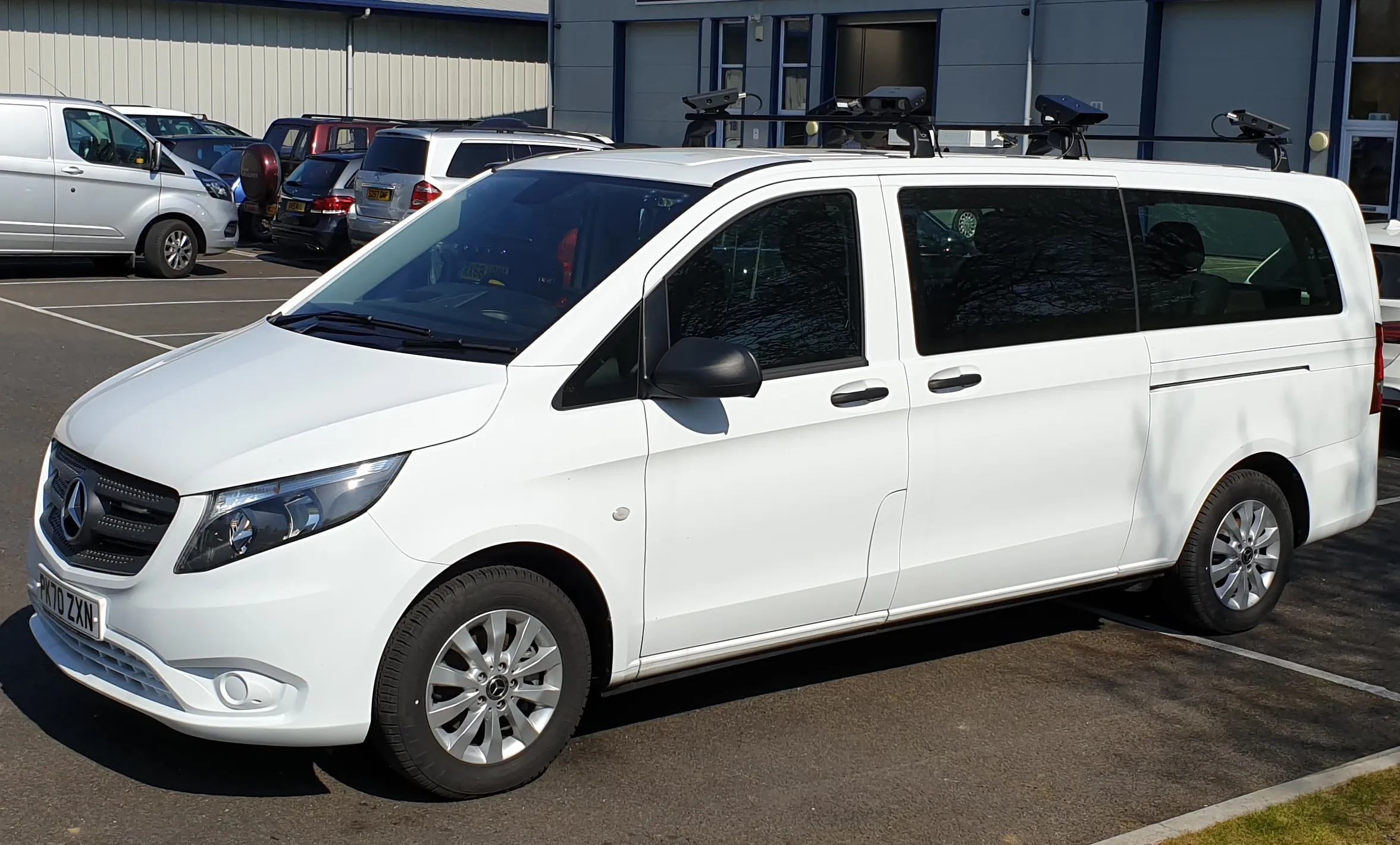A Videalert CCTV-based ANPR system has been installed at the University of Hertfordshire to control rising bollards at two main entrances to the De Havilland Campus at Hatfield. The installation has been completed by Eurovia Infrastructure (a Vinci Group Company) on behalf of Ringway, a provider of highway maintenance services to local authorities under the seven-year Hertfordshire Term Contract. The new system will provide a safe pedestrian area within the busy campus which houses over 2700 members of st
December 21, 2016
Read time: 2 mins
A 7513 Videalert CCTV-based ANPR system has been installed at the University of Hertfordshire to control rising bollards at two main entrances to the De Havilland Campus at Hatfield. The installation has been completed by Eurovia Infrastructure (a Vinci Group Company) on behalf of Ringway, a provider of highway maintenance services to local authorities under the seven-year Hertfordshire Term Contract. The new system will provide a safe pedestrian area within the busy campus which houses over 2700 members of stuff and a student community of more than 24,500.
The Videalert system has been deployed on a hosted basis to automate the control of the rising bollards which restrict access to the campus to authorised vehicles only. The HD cameras combine ANPR with advanced analytics to accurately capture the number plate of each vehicle approaching the bollards. When an authorised vehicle is recognised, the system communicates directly with the MACS bollard control system to automatically allow access.
Number plates of authorised vehicles are stored and managed on a ‘whitelist’ using a secure hosted server. To ensure that this list is always up to date, the server communicates directly with each bollard location on an hourly basis to apply any updates or changes made by authorised users via a web browser. Should a vehicle not be on the ‘whitelist’, the bus operator has to call the control centre which can override the system and manually lower the bollards.
Future-proofing is built-in as the Videalert system provides the flexibility to move away from physical bollards and adopt CCTV-based enforcement with automatic production of PCNs for unauthorised vehicles that pass through the gates. Operators that already use the portal to manage the whitelist will then be able to review and process all captured offences before PCNs are issued.
The Videalert system has been deployed on a hosted basis to automate the control of the rising bollards which restrict access to the campus to authorised vehicles only. The HD cameras combine ANPR with advanced analytics to accurately capture the number plate of each vehicle approaching the bollards. When an authorised vehicle is recognised, the system communicates directly with the MACS bollard control system to automatically allow access.
Number plates of authorised vehicles are stored and managed on a ‘whitelist’ using a secure hosted server. To ensure that this list is always up to date, the server communicates directly with each bollard location on an hourly basis to apply any updates or changes made by authorised users via a web browser. Should a vehicle not be on the ‘whitelist’, the bus operator has to call the control centre which can override the system and manually lower the bollards.
Future-proofing is built-in as the Videalert system provides the flexibility to move away from physical bollards and adopt CCTV-based enforcement with automatic production of PCNs for unauthorised vehicles that pass through the gates. Operators that already use the portal to manage the whitelist will then be able to review and process all captured offences before PCNs are issued.









